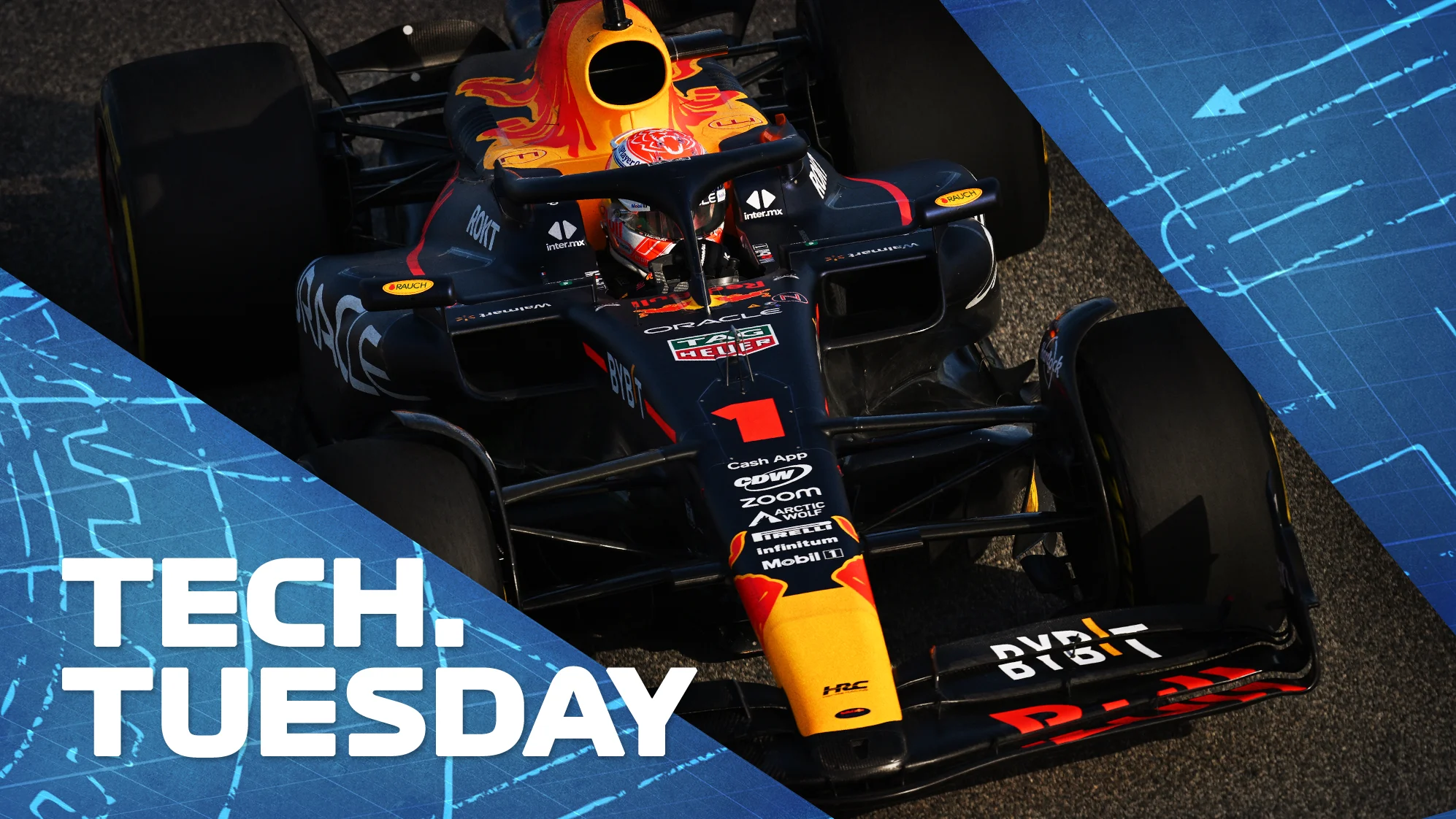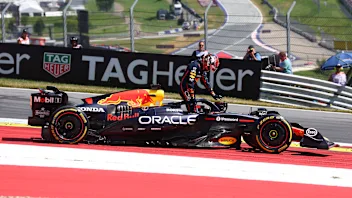TECH TUESDAY: Dissecting the design secrets of the RB19 – and why Red Bull’s rivals are likely to be worried


Red Bull’s RB19 finally broke cover at the Bahrain tests last week and, aside from the fact that it proved to be the fastest car there, the most remarkable thing about it was its very close similarity to last year’s title-winning RB18.
The floor edges – and likely the whole underfloor – have been changed in response to the regulation raising of the rear floor edge by 15mm and that of the diffuser throat by 10mm.
Next Up
Related Articles
 ‘I hated this car at times’ – Verstappen on his 2025 season
‘I hated this car at times’ – Verstappen on his 2025 season ExclusiveHow Norris made his school teachers ‘enormously proud’
ExclusiveHow Norris made his school teachers ‘enormously proud’ Marko ‘believed in me when others didn’t’ – Lindblad
Marko ‘believed in me when others didn’t’ – Lindblad Verstappen confirms new number for 2026 season
Verstappen confirms new number for 2026 season 10 ways to get your Formula 1 fix during the winter break
10 ways to get your Formula 1 fix during the winter break EXPLAINED: The key terms for F1’s new-for-2026 rules
EXPLAINED: The key terms for F1’s new-for-2026 rules
